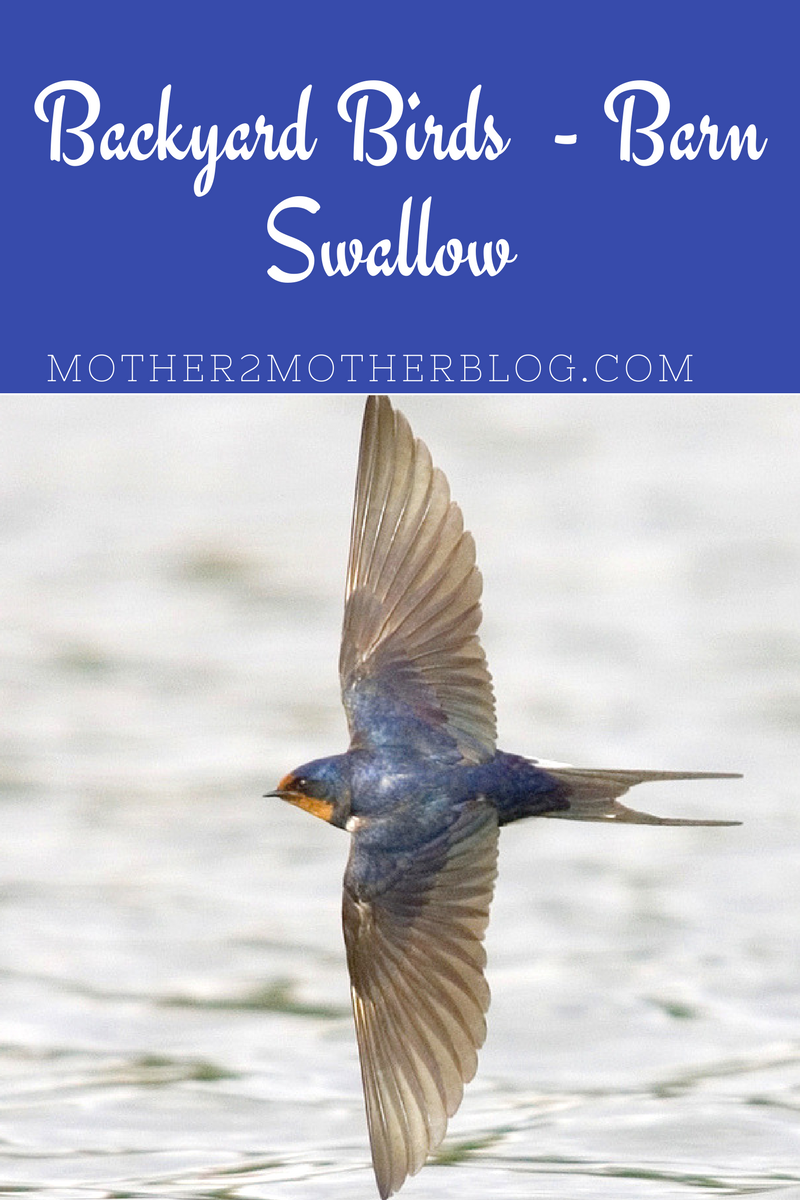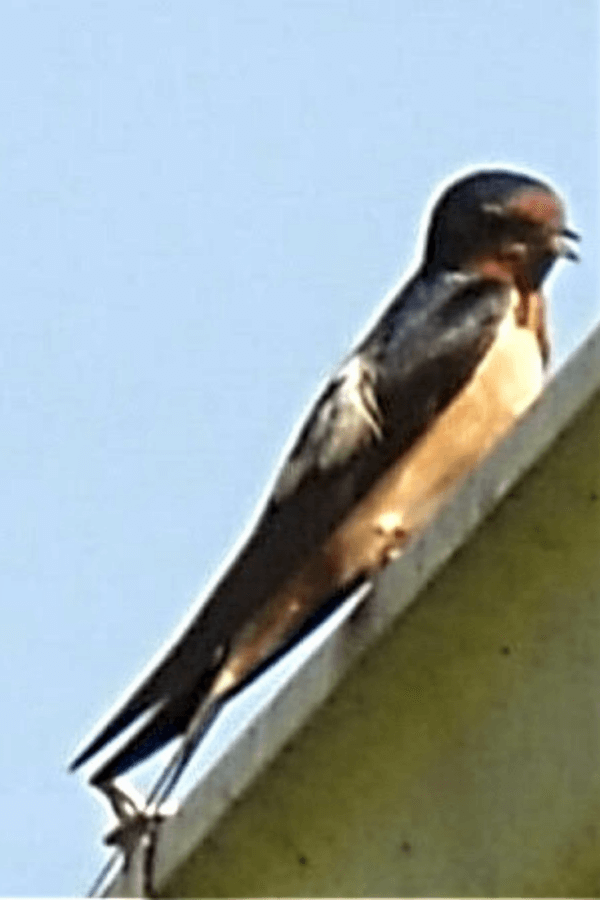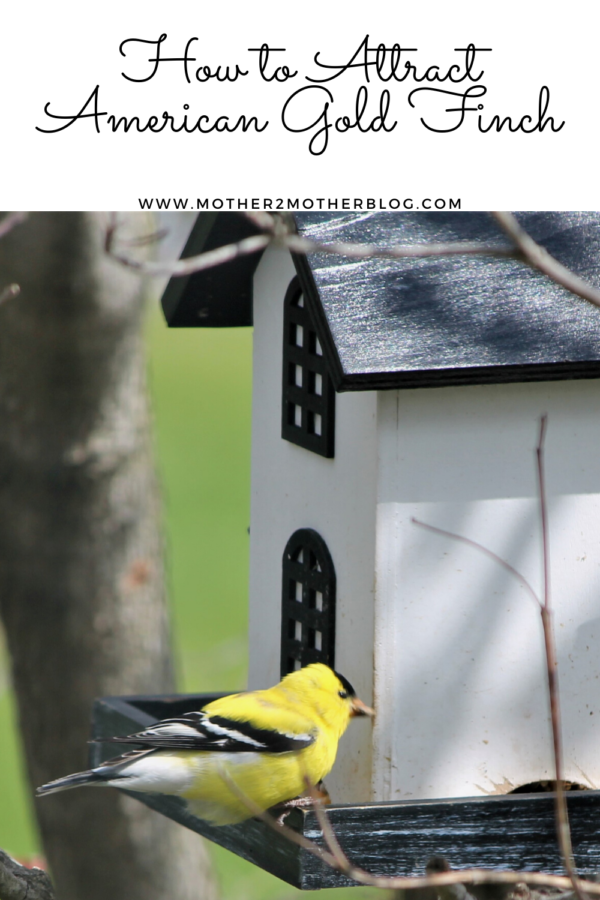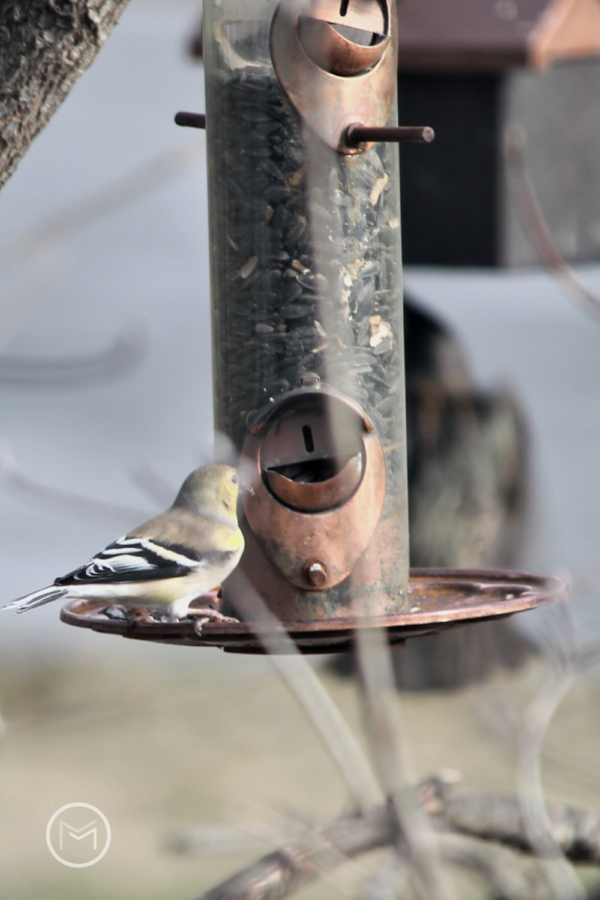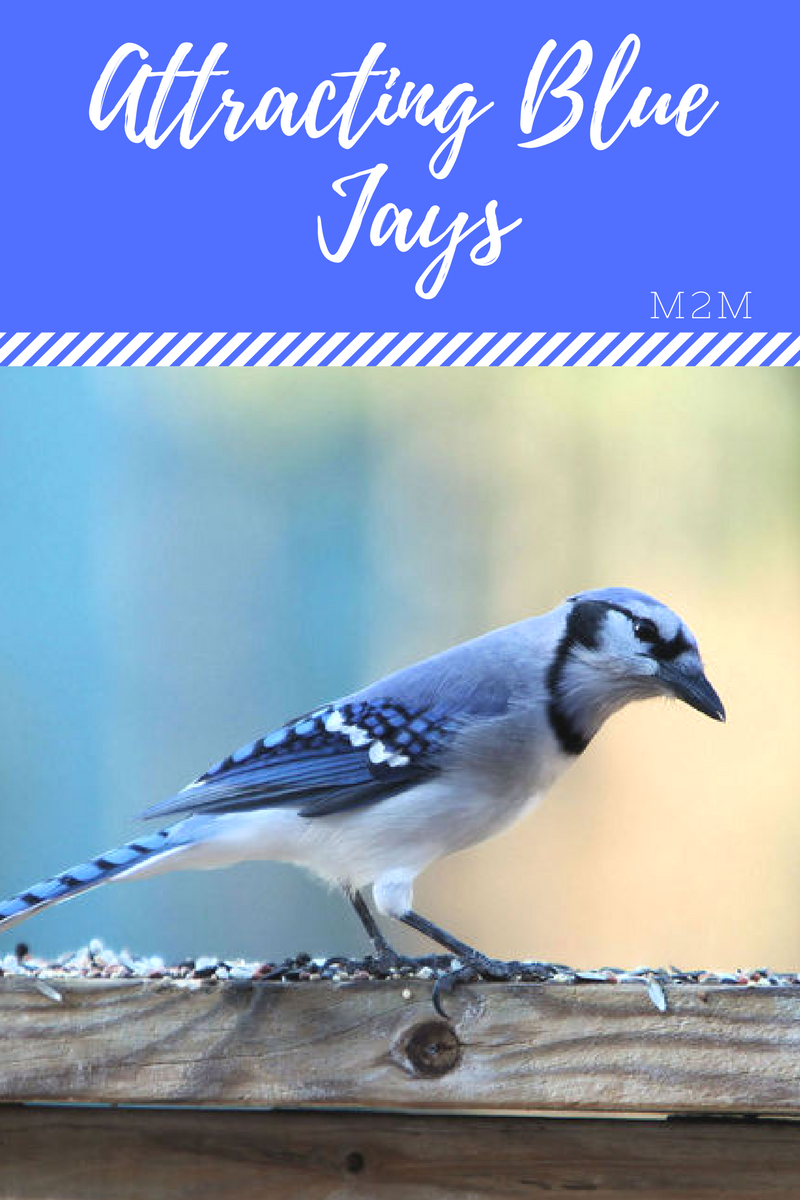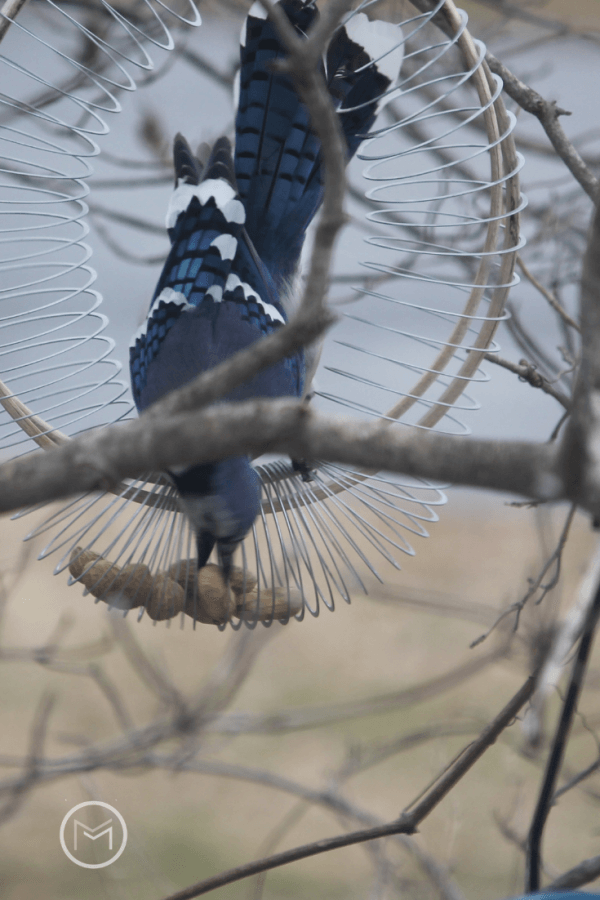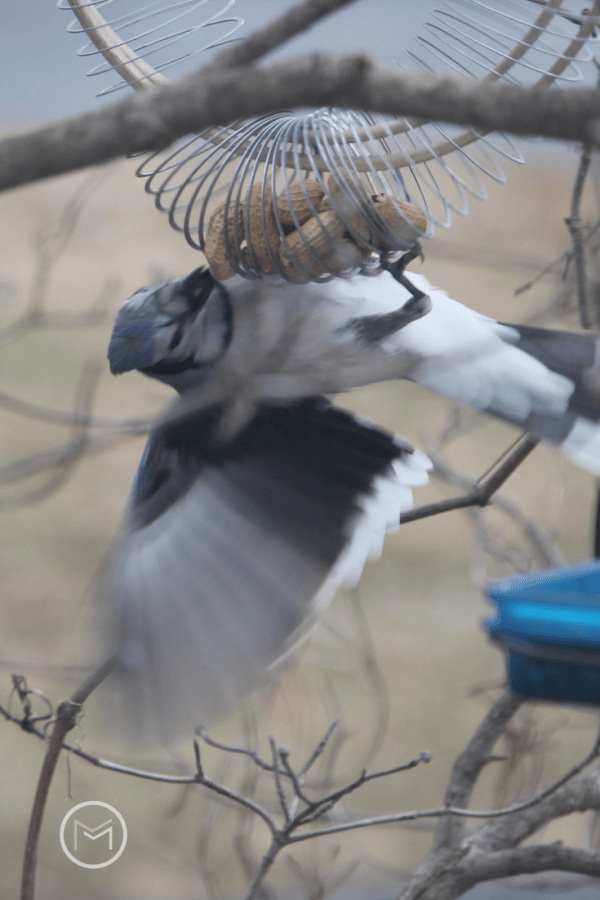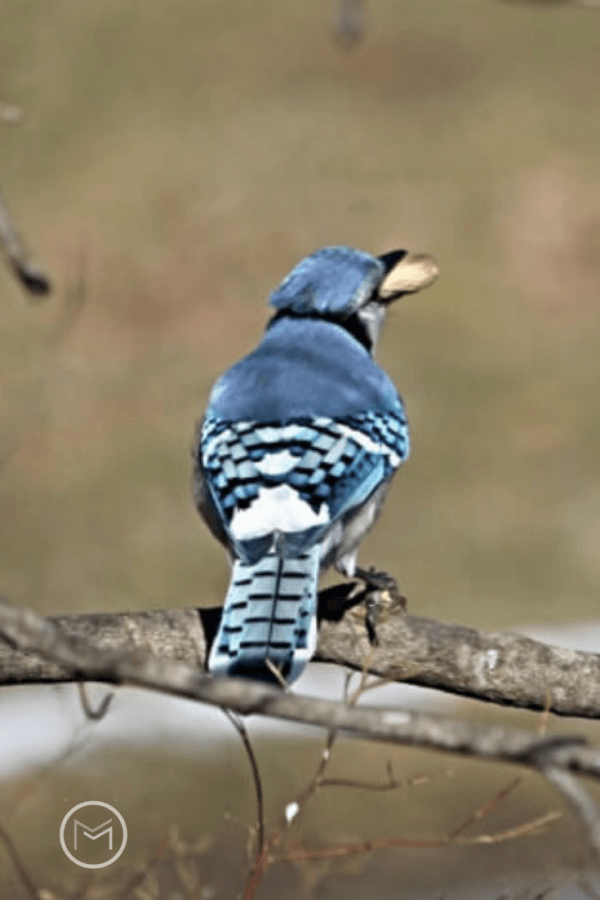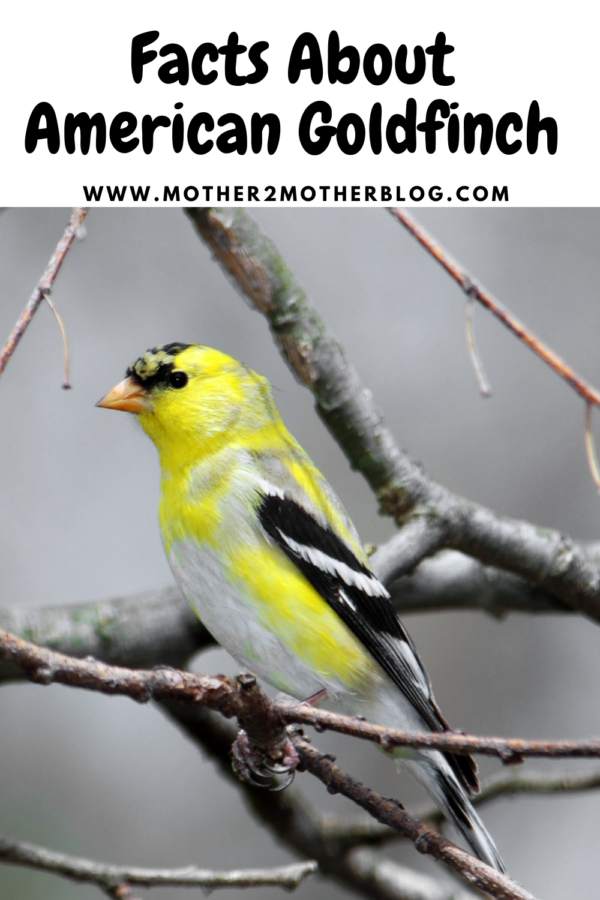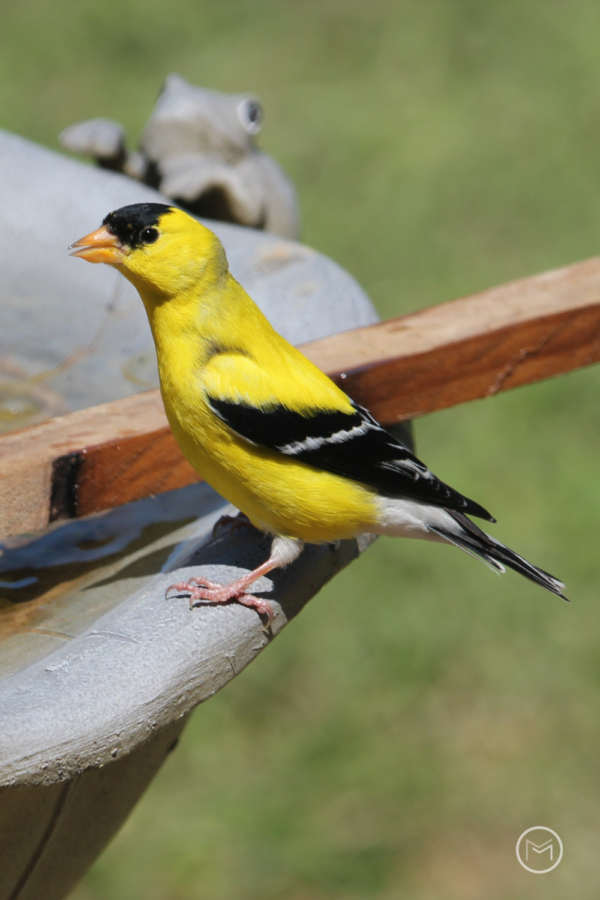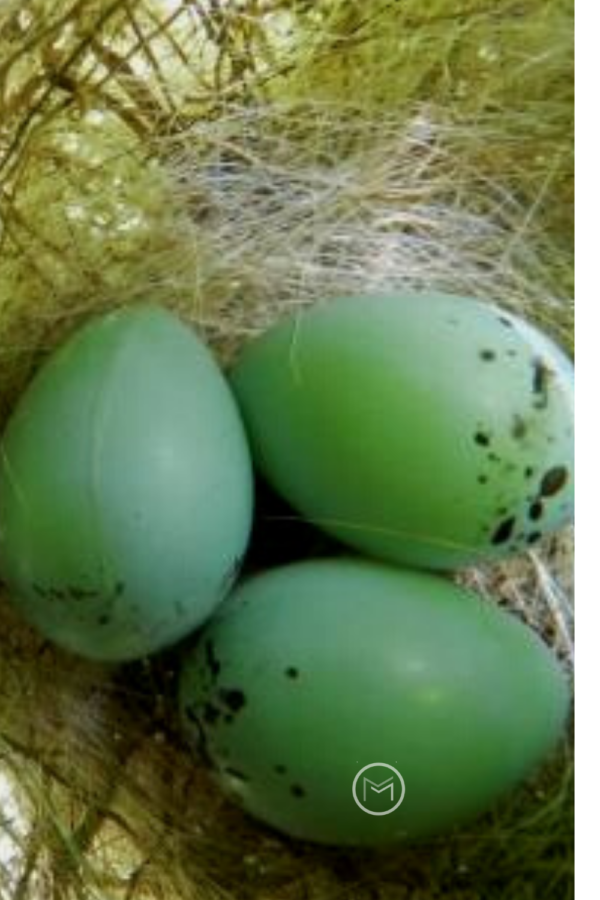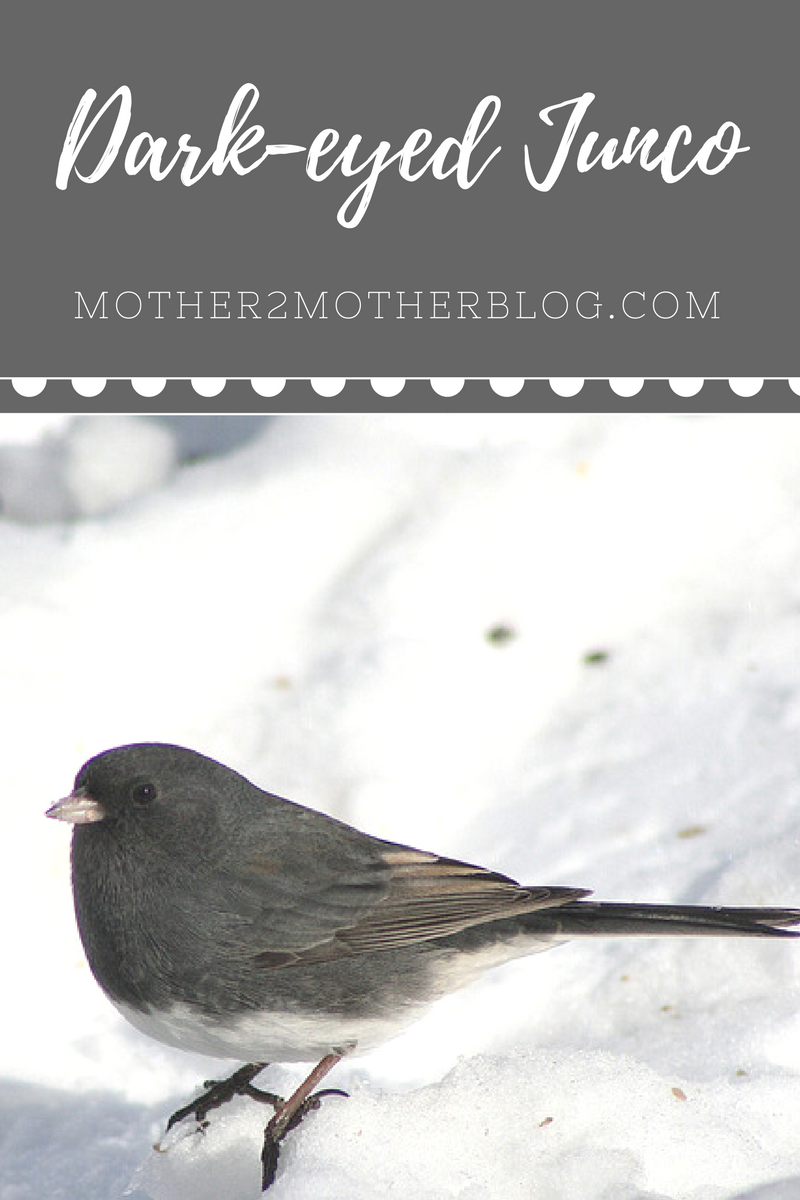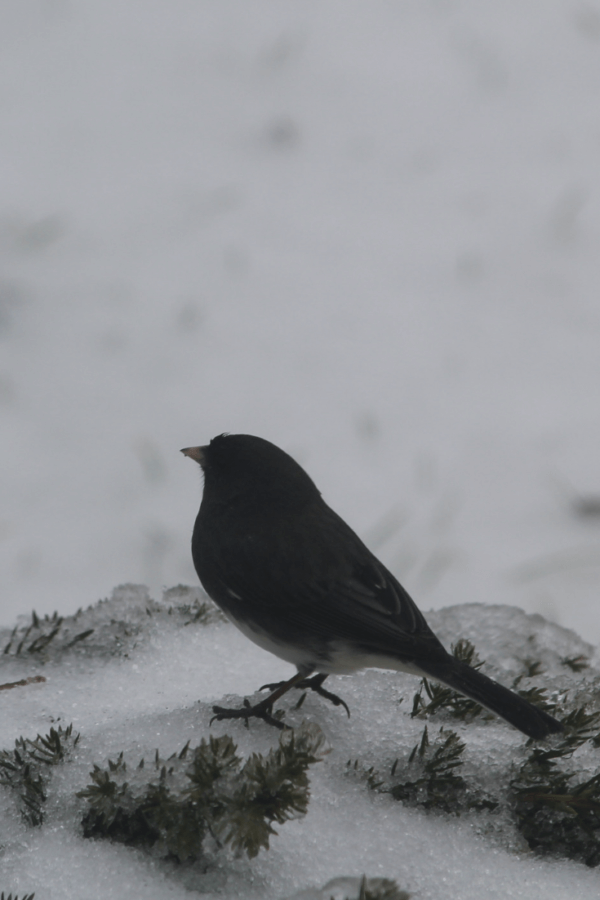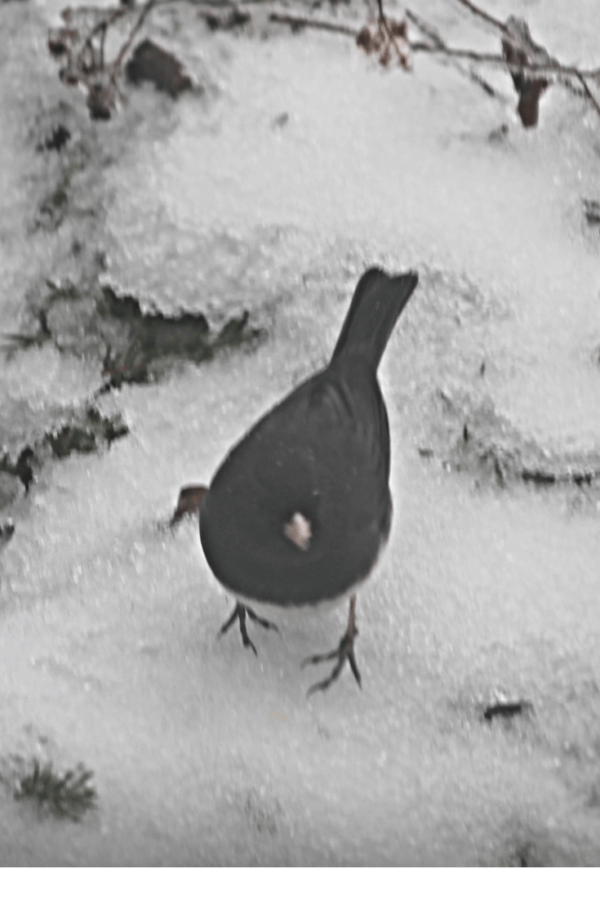Today, I’m sharing a list of winter foods for backyard birds. If you love helping mother nature during the winter months, we have a few tips on what our feathered friends will devour. These winter food for backyard birds have been tested in my own backyard. As a result, I can assure you that your feathered friends will not leave a morsel. I have been bird watching for about 5 years now. And, I’ve tried a variety of foods for my backyard birds.
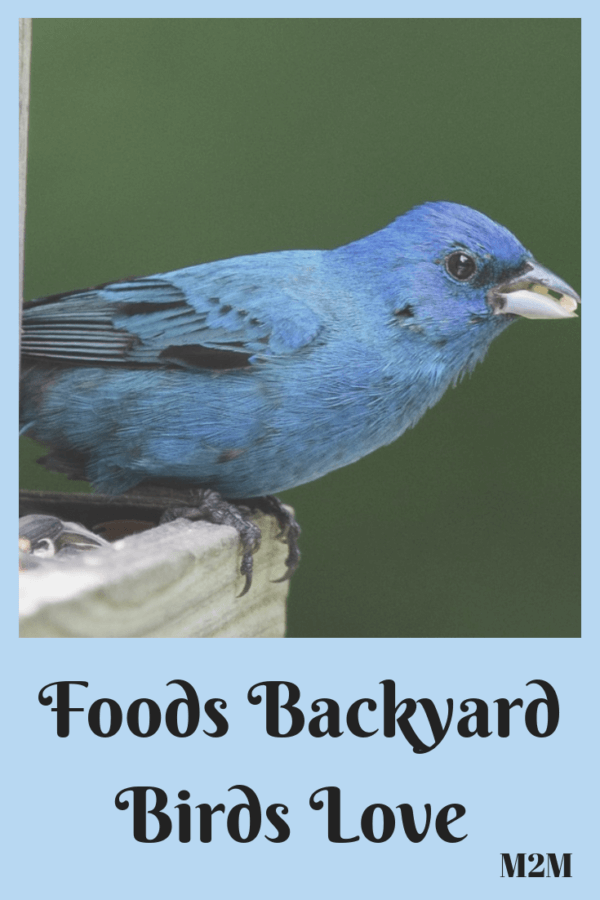
Here’s a list of winter food for backyard birds:
Cracked Corn – First, cracked corn is a favorite at my feeders. It is simply corn kernels that have been dried and cracked into smaller pieces. Cracked corn provides protein and fiber for backyard birds. However, there’s one drawback, black birds love cracked corn too and will devour your feeders if they find it.
Suet Cookies – So, you can purchase suet from your local butcher shop or grocery store. Suet is fat from beef or pork. Over the course of the year, I started saving my bacon grease to make bacon birdseed cookies. It’s something I learned from my grandmother, and it’s one of the foods backyard birds love. If you don’t want to use bacon grease, Crisco will do.
When I want to make suet cakes or cookies for the birds, I just add the bacon grease to a mix of no waste bird seed, black oil sunflower seeds, cracked corn, dried fruit and shelled chopped peanuts. Additionally, here’s the recipe for my bacon bird seed cookies. I guarantee that your backyard birds are going to love them!
Fruit – Next, birds love fruit. Either fresh or dried fruit will do. For the most part I use apples, whatever I can get cheaply. I simply chop up one or two and add them to my birdseed mixture. You can also add raisin or cranberries to the mixture. I look these items at the Dollar Tree. The also have dried apples and bananas. Be sure to add one or two of my birdseed peanut butter pinecones to your feeding station too.
Apples
- Cedar Waxwings
- Evening Grosbeaks
- Pine Grosbeaks
- Blue Jays
- Common Flickers
- Chickadees
- Red-headed Woodpeckers
- Robins
- Bobwhites
- Mockingbirds
- House finches
Oranges
- Mockingbirds
- Orioles
- Red-Bellied Woodpeckers
- Rose-Breasted Grosbeaks
- Gray Catbirds
- Scarlet tanagers
Grapes
- Evening Grosbeaks
- Robins
- Brown Thrashers
- Blue Jays
- Cedar Waxwings
- Magpies
- Cardinals
- Western Tanagers
- Mockingbirds
- Orioles
- Towhees
- House Finches
- Steller’s Jays
- Bluebirds
- Woodpeckers
Black Oil Sunflower Seeds – Additionally, Black Oil Sunflower seeds are a favorite at my feeders. As a result, they go fast. Cardinals, Blue Jays, Woodpeckers, Titmouse and more love these seeds. Make sure you have a large supply on hand. As a matter of fact, I purchase black oil sunflower seeds in 20 pound bags. I usually use at least 2 bags of this seed during the winter.
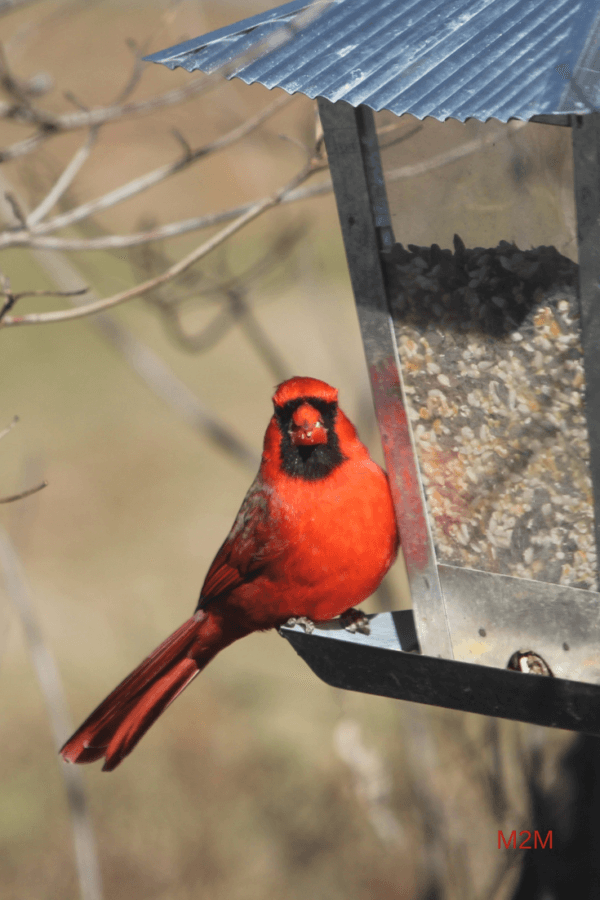
Safflower Seeds – Furthermore, I enjoy making my own birdseed mix. So, I mix mostly Safflower Seeds and Black Oil Sunflower Seeds in my feeders along with cracked corn. Fortunately, squirrels don’t like the Safflower Seed. Apparently, they have a bitter taste. However, they will eat the entire feeder of Black Oil Sunflower Seeds. Although, Safflower is more expensive than the Black Oil Sunflowers Seeds, not having the squirrels devour my feeders makes it worth it to me.
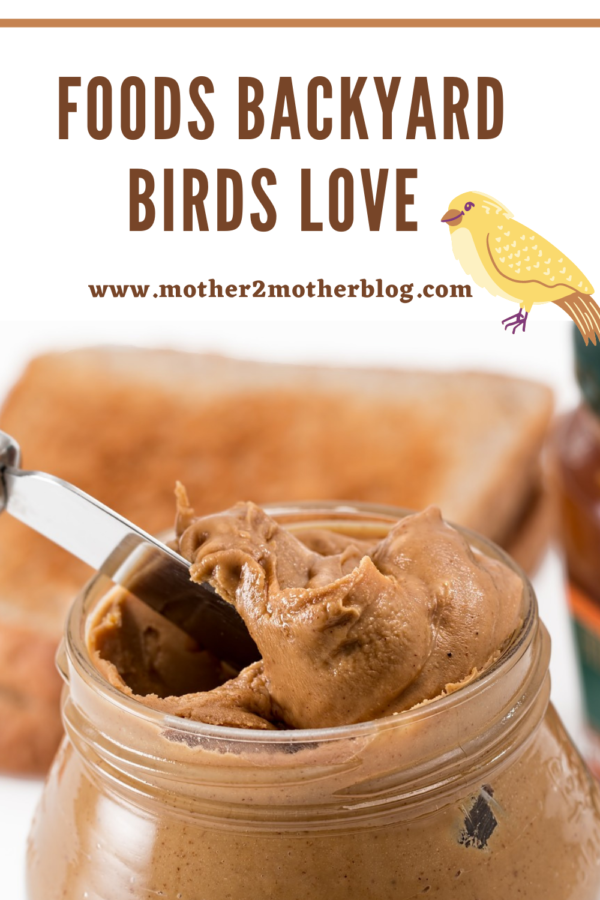
Peanut Butter – Yes, birds love peanut butter. So, it is at the top of the list of foods backyard birds love. Furthermore, it is a great source of fat for birds in the winter. As a result, I spread on it pine cones along with seeds, dried fruit and chopped peanuts. So, check out my peanut butter pine cones here.
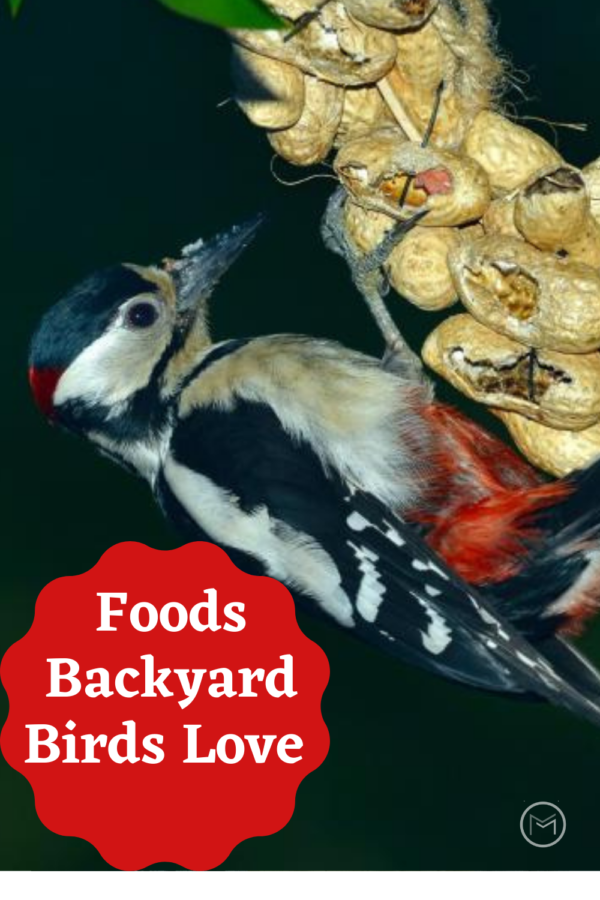
Peanuts – Next, to keep cost down, I purchase unsalted peanuts in bulk for my Blue Jays. I place them in my homemade peanut holder above. In addition to the Blue Jays, Dark-Eyed Juncos and Woodpeckers love the peanuts too. Unfortunately, I have to limit how much I set out for my backyard birds. The Blue Jays are greedy and will take every peanut in about hour. I have 4 that come to the feeding station regularly. Actually, I believe they cache a lot of them. They hide them for days that I don’t set peanuts out or when other food supplies are low. Update: There are about 8 Blue Jays that come to the feeder now.
Finally, we hope that you will pick a few items from our list of foods that backyard birds love and help keep them full and warm this winter. Also, share the activity with the kids. It teaches them the importance of helping nature. Fortunately, my grandchildren love seeing the birds at the feeder too. It’s a great family activity. They love making the birdseed cookies. It’s a great rainy or snowy day activity.
